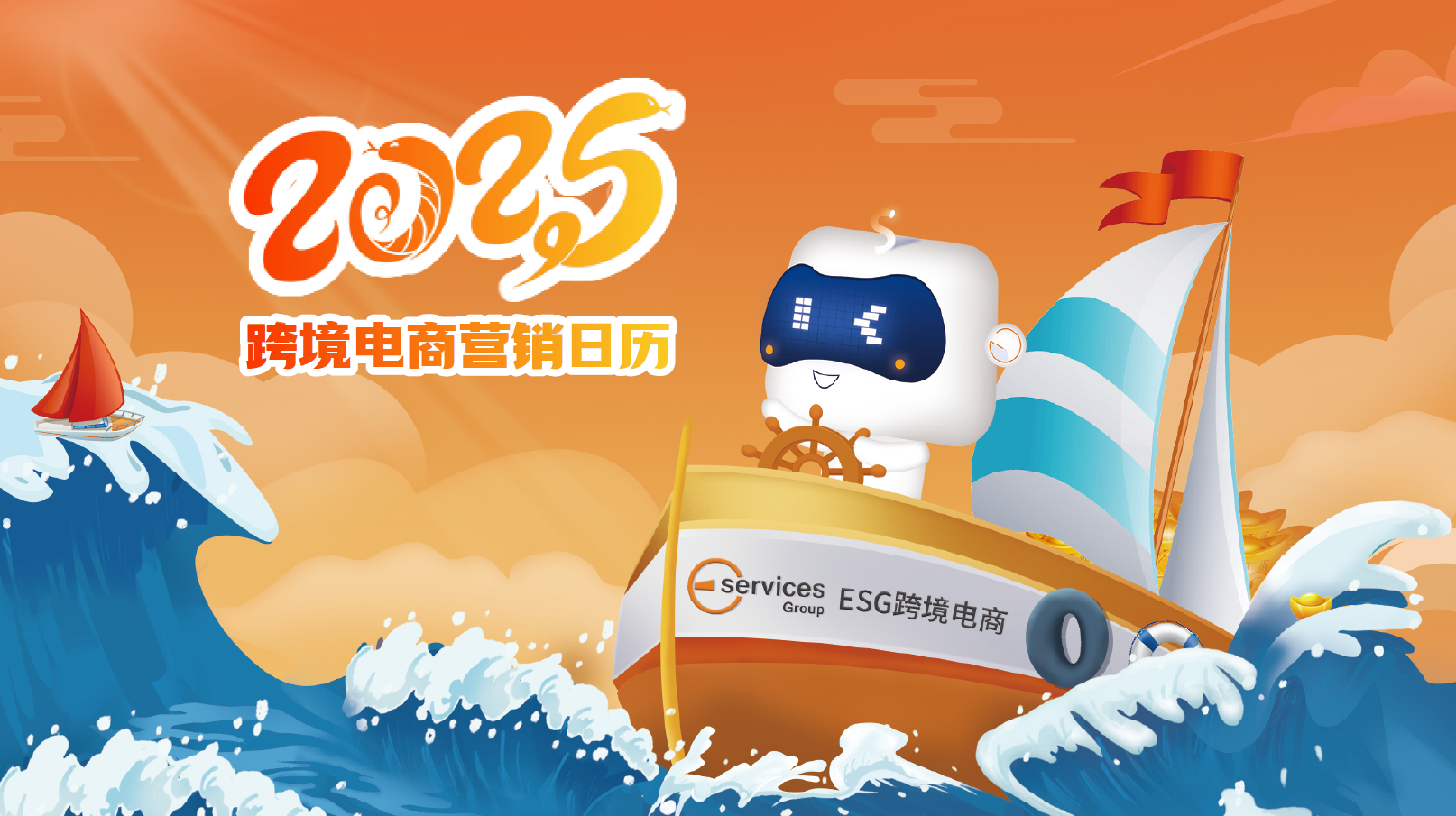wish商戶從挪威境外發(fā)貨到挪威境內(nèi)的示例
1. 某商戶收到一個訂單 A,訂購兩件相同的產(chǎn)品。用戶在銷售點(diǎn)為每件產(chǎn)品支付的產(chǎn)品單價(不含運(yùn)費(fèi)以及用戶支付的其他費(fèi)用)為1,600挪威克朗,低于3,000挪威克朗。在這種情況下,由于商戶用一個包裹配送此訂單,所以用戶為訂單 A 支付的總價為1,600 + 1,600 = 3,200挪威克朗。即便如此,商戶仍需在包裹的物流標(biāo)簽上提供 VOEC 號碼,因為判斷依據(jù)是看用戶為*每件產(chǎn)
1. 某商戶收到一個訂單 A,訂購兩件相同的產(chǎn)品。用戶在銷售點(diǎn)為每件產(chǎn)品支付的產(chǎn)品單價(不含運(yùn)費(fèi)以及用戶支付的其他費(fèi)用)為1,600挪威克朗,低于3,000挪威克朗。在這種情況下,由于商戶用一個包裹配送此訂單,所以用戶為訂單 A 支付的總價為1,600 + 1,600 = 3,200挪威克朗。即便如此,商戶仍需在包裹的物流標(biāo)簽上提供 VOEC 號碼,因為判斷依據(jù)是看用戶為*每件產(chǎn)品*支付的產(chǎn)品價格是否低于3000挪威克朗。
2. 某商戶收到訂單 B。用戶在銷售點(diǎn)為產(chǎn)品 X 支付了1,500挪威克朗(不含運(yùn)費(fèi)以及由用戶支付的其他費(fèi)用)。該商戶還收到訂單 C,其訂單釋放日期和配送地址均與訂單 B 相同。對于訂單 C,用戶在銷售點(diǎn)為產(chǎn)品 Y 支付了3,500挪威克朗(不含運(yùn)費(fèi)以及由用戶支付的其他費(fèi)用)。在這種情況下,建議商戶不要將這兩個訂單合并為一個包裹,而應(yīng)將兩個訂單分開配送。這樣,訂單 B 的物流標(biāo)簽需要提供 VOEC 號碼,訂單 C 則不需要。
如果商戶仍將兩個訂單合并為一個包裹,則需要在包裹上提供 VOEC 號碼,因為其中至少有一件產(chǎn)品的用戶支付單價低于3,000挪威克朗(即使另一件產(chǎn)品的用戶支付單價高于3,000挪威克朗)。
3. 某商戶收到一個訂單 D,訂購兩件相同的產(chǎn)品。用戶在銷售點(diǎn)為每件產(chǎn)品支付的產(chǎn)品單價(不含運(yùn)費(fèi)以及由用戶支付的其他費(fèi)用)為3,100挪威克朗,高于3,000挪威克朗。在這種情況下,商戶用一個包裹配送此訂單,無需在包裹的物流標(biāo)簽上提供 VOEC 號碼。
Examples for merchants shipping Norway-bound orders from non-Norway originating locations:
1. A merchant receives an order A with two of the same products. The customer paid NOK 1,600 for each item itself at the point of sales (excluding shipping and other customer payments), which is less than NOK 3,000. In this case, as merchant ships this order using one package, the merchant needs to include a VOEC number on the package’s shipping label, even though the total customer-paid price for this order is 1,600 + 1,600 = NOK 3,200. What matters is the customer-paid price *per item*.
2. A merchant receives an order B where the customer paid NOK 1,500 for item X at the point of sales (excluding shipping and other customer payments). The merchant also receives an order C with the same order released date and shipped to the same address as order B; for order C, the customer paid NOK 3,500 for item Y at the point of sales (excluding shipping and other customer payments). In this case, it is recommended that merchants DO NOT combine these two orders into one package, but rather, ship these two orders separately. If shipped separately, the shipping label for order B should include the VOEC number, while that of order C does not need to.
If the merchant does combine these two orders into one package, the merchant needs to include a VOEC number on this package, because at least one item’s customer-paid price is less than NOK 3,000 (even though the other item’s customer-paid price is greater than NOK 3,000).
3. A merchant receives an order D with two of the same products. The customer paid NOK 3,100 for each item itself at the point of sales (excluding shipping and other customer payments), which is greater than NOK 3,000. In this case, as merchant ships this order using one package, the merchant does NOT need to include a VOEC number on the package’s shipping label.
特別聲明:以上文章內(nèi)容僅代表作者本人觀點(diǎn),不代表ESG跨境電商觀點(diǎn)或立場。如有關(guān)于作品內(nèi)容、版權(quán)或其它問題請于作品發(fā)表后的30日內(nèi)與ESG跨境電商聯(lián)系。
二維碼加載中...
使用微信掃一掃登錄
使用賬號密碼登錄
平臺顧問
微信掃一掃
馬上聯(lián)系在線顧問
小程序

ESG跨境小程序
手機(jī)入駐更便捷
返回頂部








 市場合作:shichangbu@eservicesgroup.com
市場合作:shichangbu@eservicesgroup.com





